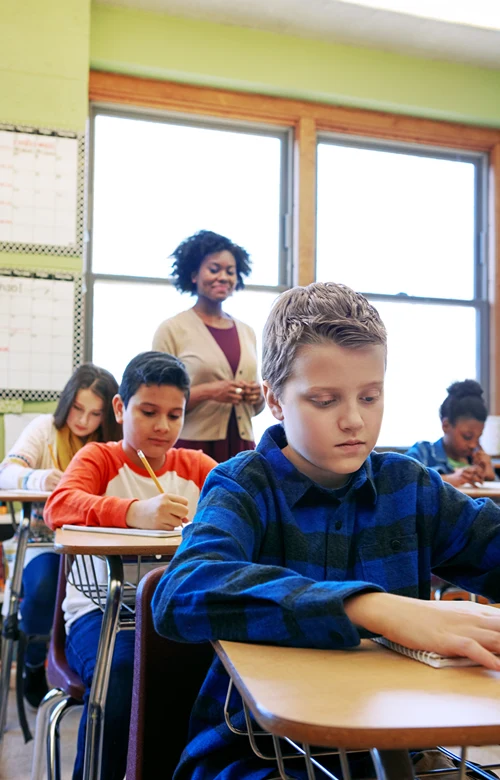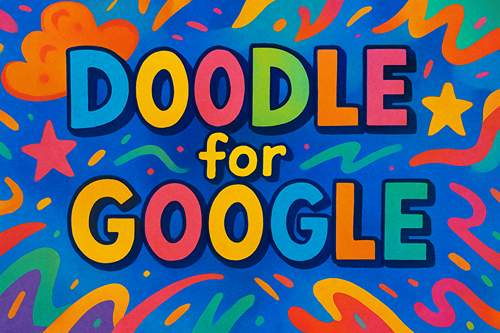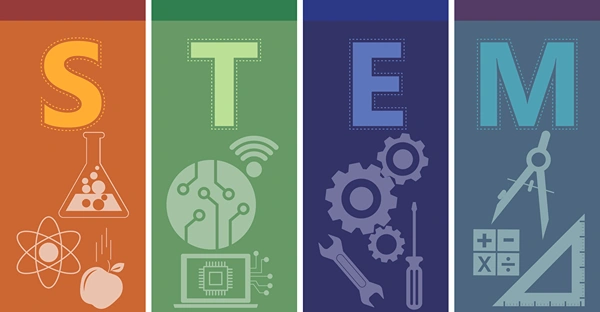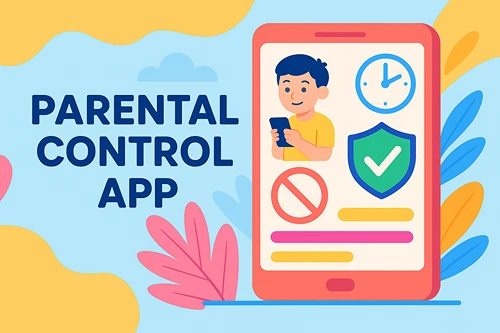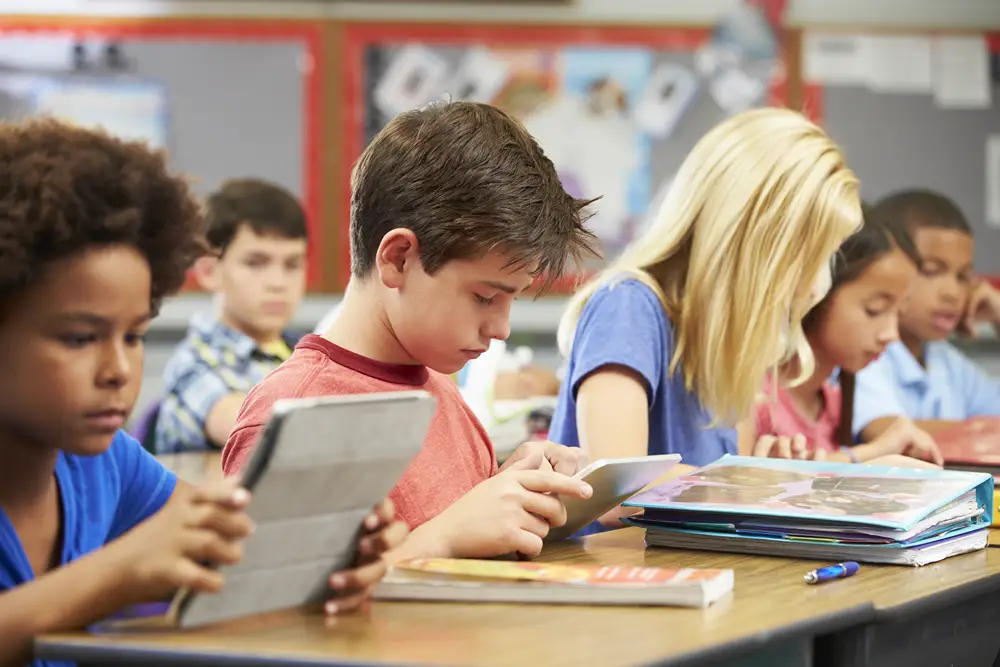Brooklyn Friends School’s Philosophy on Learning and The Power of Student Voice
Students at Brooklyn Friends School experience education through classroom arrangements that deliberately reject traditional hierarchies. Many learning spaces feature circular seating patterns that transform how children interact with both curriculum content and each other, reflecting the institution’s commitment to honoring each child’s contributions.
“Many of the classrooms at Brooklyn Friends School are circular or are like amoebas in their design of the classroom, in the physical design of the classroom,” explains Head of School Crissy Cáceres. “You might have to look around to find the teacher. Where? They’re not at the front of the room, where are they? They might be on the floor. They might be in the hallway connecting with the teacher about something while the children are collaborating on something.”
Physical arrangements reflect deeper pedagogical beliefs about how children learn most effectively. Brooklyn Friends School, founded in 1867 and serving students from age two through 12th grade, builds its educational approach on the Quaker principle that divine light exists within every person.
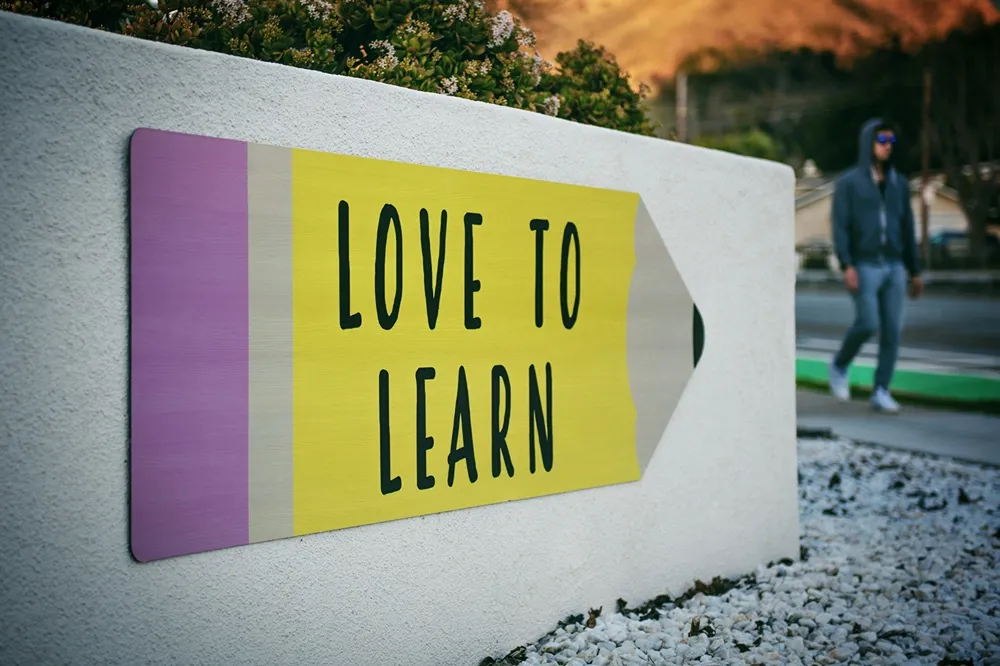
Children as Primary Teachers
Cáceres credits students as her most important educators throughout nearly three decades in education. Her perspective challenges conventional adult-centered approaches to curriculum development and classroom management.
“Children are unfiltered in the most beautiful of ways. They are able to sense energy and body language uniquely so,” Cáceres observes. “80% of what we say, we say with our body language, and a child knows if you are there in support of them, they know if you believe in them, they know if you’re taking them seriously.”
Understanding shapes how Brooklyn Friends School develops student voice. Research indicates that students who believe they have voice in school demonstrate seven times greater academic motivation than those who feel unheard, according to studies from the Quaglia Institute for School Voice and Aspirations that inform the school’s practices.
Children’s capacity for recognizing authentic adult engagement creates accountability for educators. “Children have taught me that their voices should never ever be less than those of the adults,” Cáceres states. Classroom practices at Brooklyn Friends School reflect this principle, with teachers actively soliciting student perspectives and modifying instruction based on children’s responses and needs.
Responsive Pedagogy in Practice
Brooklyn Friends School implements what Cáceres describes as “malleably responsive” teaching that prioritizes human connection over rigid curriculum adherence. Teachers receive training and support to adjust lessons based on students’ emotional and academic needs on any given day.
“There could be a math lesson that’s happening and the next day there might be a test. But if a child comes in really despondent and in need of attention, the teacher will absolutely pause, prioritize that, perhaps call the student aside and have a conversation,” Cáceres explains. Faculty members learn to balance academic objectives with students’ social-emotional wellbeing.
Evaluation systems, which Cáceres describes as “beautiful and tender,” reflect this human-centered focus. Faculty members receive three classroom observations before April, followed by reflection conversations and collaborative journaling exercises. Growth and development take precedence over judgment or compliance in these processes.
Professional development at Brooklyn Friends School extends beyond teaching faculty to include all staff members. “Everybody gets exposed to the professional development at BFS because everybody is in service to the needs of children,” Cáceres notes. Comprehensive programming ensures consistency in how adults interact with students throughout their school experience.
Student Agency and Dream Partnership
Cáceres views children as “dream partners” whose aspirations and concerns provide direction for institutional priorities. Brooklyn Friends School transforms how it responds to student requests and advocacy efforts based on this perspective.
“Children might do that in the context of learning about it. And when I first got here, people talked to me about that as a warning, ‘Crissy, the kids might come and ask you for protests, the three-year-olds, the five-year-olds, the 12-year-olds, the 18-year-olds,'” Cáceres recalls. “And I said, ‘That’s amazing.’ They’re like, ‘What are you talking about?’ I said, ‘That’s my favorite.'”
Student activism at Brooklyn Friends School reflects the institution’s commitment to social justice education. Rather than discouraging political engagement, the school provides structures for students to research issues, develop proposals, and advocate for change within both school and broader community contexts.
Children’s advocacy efforts typically focus on improvement rather than destruction. “Children always have a need because they think it will make something better,” Cáceres observes. “They never come and say, ‘Do this because it’s going to be hurtful, do this because it’s going to exclude.’ Children always have a need because they think it will make something better.”
Student engagement patterns inform how Brooklyn Friends School develops curriculum and policy decisions. Student input influences everything from dining options to academic programming, creating authentic opportunities for civic participation within the school community.
Collaborative Learning Environments
Circular classroom models at Brooklyn Friends School create conditions where students learn from each other as much as from adult instructors. Peer-to-peer learning reflects Quaker beliefs about the capacity of each person to contribute meaningful insights.
Faculty methods support this collaborative environment. “They are always more curious than certain, and so they don’t bring forth demands. What they bring forth are wishes and hopes and dreams in the context of what they believe is going to be for the betterment of something,” Cáceres explains about student contributions to classroom discussions.
Teachers receive preparation to facilitate rather than dominate these collaborative learning experiences. Faculty members develop comfort with uncertainty and student-directed inquiry rather than relying on predetermined lesson outcomes.
Brooklyn Friends School’s commitment to student voice extends to conflict resolution processes. When behavioral issues arise, students participate in restorative conversations where they identify their actions, consider impacts on others, and develop plans for different choices in similar future situations.
Measuring Success Through Student Development
Brooklyn Friends School evaluates its educational effectiveness through long-term outcomes rather than standardized test scores or college admissions statistics. Cáceres defines success by examining graduates’ life choices and community contributions as adults.
“The success is what are the ingredients within their life’s walk, it is what would they define as core and important,” Cáceres explains. “The measure of our success is who they are as 30, 40, 50, 60-year-olds in the world, it’s who they are and continue to be in relation to the privileges that they hold.”
Character development and social responsibility take precedence over traditional academic metrics in this perspective on educational outcomes. Brooklyn Friends School seeks to graduate students who utilize their advantages for positive social impact and consider how their decisions affect others’ lived experiences.
Student voice development prepares children for lifelong civic engagement. Through classroom efficiency, participation, advocacy projects, and conflict resolution experiences, students practice skills necessary for democratic participation and community leadership beyond their school.

